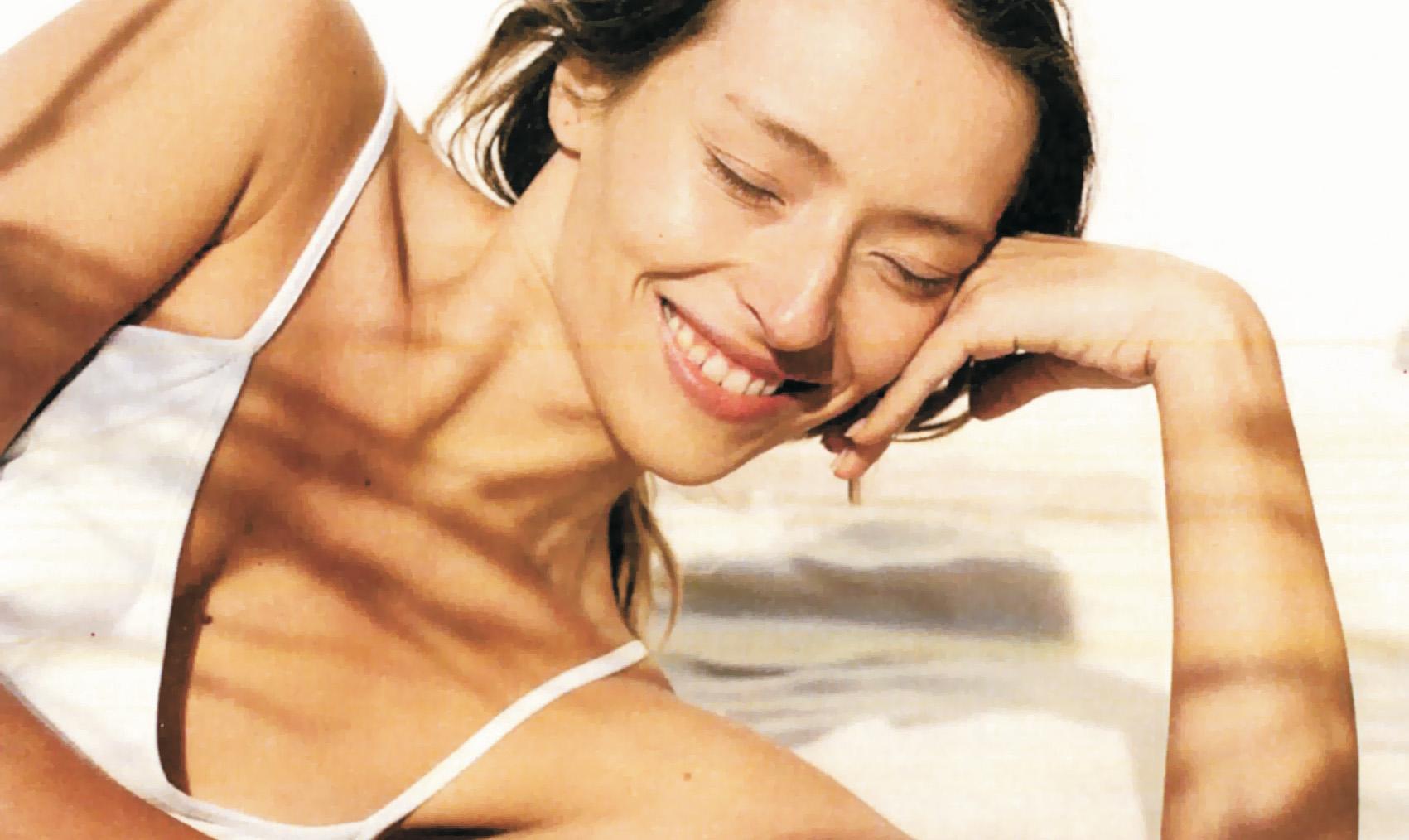spa therapies
Skin Icing: How This Chilly Facial By Dr. Geeta Yadav, MD Beautifies Skin Skin icing is a cryotherapy treatment in which the skin is exposed to extremely cold temperatures for several minutes. It is said to have a variety of skincare benefits, including soothing redness, exfoliation, and blemish control.
What is Skin Icing? The most basic form of skin icing is when you use an ice cube to reduce under-eye or facial puffiness. It has long been a staple of skincare wisdom (we’ve all used a refrigerated spoon or cucumber slices on our eyes in the past, right?). Far from being an old wives' tale, there’s science behind this age-old advice. When actual ice is applied to the skin, it causes blood to rise to the surface (think of that rosy glow you get after a brisk winter walk), which soothes and tightens the skin. Also known as an ice facial, skin icing is a cryotherapy treatment where vaporized nitrogen is used to cool the skin of the face, scalp, and neck area. Ice has long been a secret to clear skin and a healthylooking glow. Russian Empress Catherine the Great was said to have applied ice cubes to her face, neck, and décolletage every morning to give her skin a radiant appearance. Whilst expensive facials and complicated skincare tools have their place, sometimes the simplest tricks are classics for a reason.
Benefits of Skin Icing •Reduce inflammation: "Think about when you have an injury or swelling in the body and your doctor instructs you to ice it—it’s the same concept, but now we're using it for aesthetic purposes," explains Marino. "Many people who suffer from inflammatory
32
skin conditions like acne and rosacea can benefit from cold therapy because of its ability to reduce the inflammation the skin, which is a key trigger to both conditions." •Reduces pore size: Skin icing minimizes the appearance of enlarged pores and may help to unclog pores that appear larger due to debris and excess sebum. Icing tones the face, making your skin (and foundation) look smoother. • Exfoliates the skin: A cryofacial can help remove the outer layer of dead skin cells and stimulate new ones underneath to grow in a more even, smooth distribution. • Soothes blemishes: Ice can help reduce swelling and the redness of pimples, and can also soothe irritated skin. And because swollen skin makes it difficult for topical creams to reach the bacteria inside the pores, icing may actually help antibacterial agents and topical antibiotics get into the pores since it exfoliates.
How to Prepare for Skin Icing To prep the skin for an ice facial, we recommend gently cleansing the skin and applying a moisturizer to help protect the skin barrier. It's also best to avoid sun exposure before treating your skin to avoid sunburns and irritation throughout the treatment.
What to Expect During Skin Icing Liquid nitrogen (around -200 degrees Celsius) vaporizes (is no longer as cold) and is pumped out of a hose and onto your skin. The hose is moved quickly over the face and held far enough away that it won't freeze-burn the skin. And, contrary to what you might think, a professional ice facial doesn't feel
Les Nouvelles Esthetiques no’86
unbearably cold. It feels more like a cool stream of air, but it will feel colder as the treatment progresses. The treatment is usually around 10 minutes long.
Potential Side Effects Cryotherapy can cause more harm than good if not done properly. It's important to have it done by a well-trained professional to avoid possible risks like burns, frostbite, and nerve damage. "It's also safer for paler skin, as it can create discoloration in those with darker skin or a tan." Though it's safe for most skin types, although be cautious if you have sensitive skin or skin that reacts to changes in temperature (for example, some rosacea-prone skin and cold urticaria).
Aftercare As your skin heals, it's important to treat it with a little TLC. Steer clear of chemical or physical exfoliation and other active ingredients that could potentially be irritating (think: retinoids or benzoyl peroxide), and instead, stick to gentle cleansers and warm water. Finally, as always, lather on an SPF of at least 30 or more, if you'll be outside.
The Final Takeaway Cold therapy tools are noted for reducing inflammation, redness, and puffiness, stimulating circulation and helping to sculpt the face. The cold temperature can constrict blood vessels, which can decrease puffiness, but such tools should be used with caution so as not to burn the skin.













































